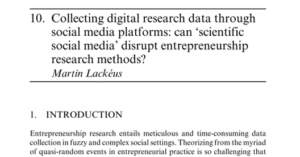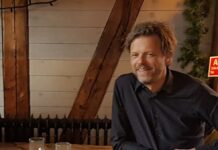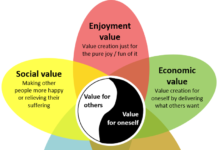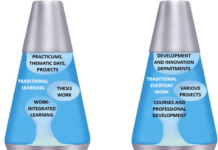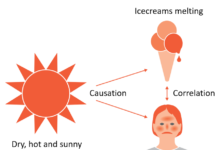DESIGNED ACTION SAMPLING
Designed action sampling is a new scientific method that can help teachers improve their practice. Teachers co-design action-oriented step-wise experiments that are then carried out by other teachers, who reflect in written form afterwards upon effects they see. The method has been used by around 4,000 teachers and 36,000 students to form large communities around school development, vocational education and teaching in segregated areas.
Below you can watch an introductory video about Designed Action Sampling, and download a couple of research articles about the method. Further down, you will find some translated chapters from our method book about DAS.
THE METHOD BOOK
In 2021 I wrote a book in Swedish about Designed Action Sampling. This book is not yet available in English. But below I make some of the chapters available in English. The translation is not professional, but will still give a pretty accurate account of the book's content. One day we hopefully will be able to do a "proper" translation of this book into English. If we can find a publisher for it, that is.





